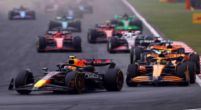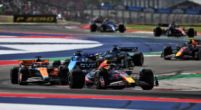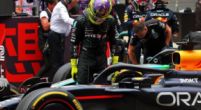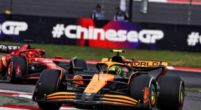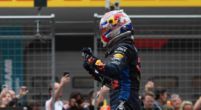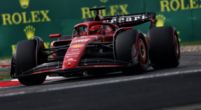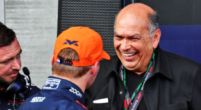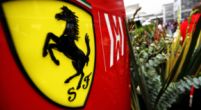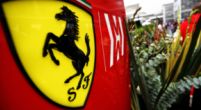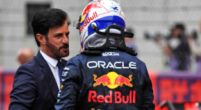Column

Formula 1: Lessons to be learnt from IndyCar's closer competition
Motorsport is full of excitement, adrenaline and fierce competition. Formula 1 has long been hailed as the pinnacle of racing, but it's time to recognise that the sport can learn a thing or two from its American counterpart, IndyCar. One of the most obvious areas where F1 falls short is the lack of close competition. This weekend's Indy 500 race was a prime example of how exciting single-seater racing can be, with Josef Newgarden winning the race by just 0.094 seconds from Marcus Ericsson.
A very late caution helped closed the Indy500 field somewhat, with the first last lap overtake since 2011. It might be a bit of an extreme example in the United States, but generally race results are only deterined in the final stages. On the other side of the globe, Max Verstappen won an exciting and future classic Monaco Grand Prix by... 27.9 seconds. The winner had been known since the start of the race and the threat of rain cast some uncertainty, but it only made the margin of victory larger.
The current gap at the top of the IndyCar championship is 20 points after 6 races, with the top 2 contenders from different teams. In F1 it is 39, with the leading 2 from Red Bull. This article aims to explore how F1 could benefit from adopting some elements from IndyCar, which would lead to a more exciting and engaging racing spectacle with a hope of bringing closer racing and finishes.
Cost caps and equal opportunities
One of the main reasons why IndyCar has closer competition is its cost cap and equal opportunities for teams. F1 teams operate on astronomical budgets, creating a huge gap between those who have and those who have not. IndyCar's cost cap, on the other hand, ensures that teams with smaller budgets can remain competitive. By introducing a similar concept, F1 has levelled the playing field somewhat, as the start of the 2022 season shows us. New teams have entered the midfield battle and there is no clear slowest car on the grid at the moment. Most of the teams have similar opportunities to develop upgrades that lead to closer battles.
Standardising parts of the aerodynamic package
In IndyCar, teams use standardised aerodynamic packages, reducing the influence of aerodynamics and placing more emphasis on driver skill. F1, on the other hand, allows teams to develop their own intricate and expensive aerodynamic designs, often leading to a significant performance gap between teams. By adopting standardised aerodynamic packages, F1 could reduce the role of aerodynamics and allow more overtaking opportunities, which would encourage closer competition. There have already been attempts to reduce the effect of aerodynamics on the cars by simplifying the front wings and reintroducing ground effect floors to reduce drag. However, having standardised aerodynamic packagess is not very 'F1' in terms of pushing ahead and discovering new ways of gaining lap time. It's a balance that would need debating further.
Overtaking-friendly tracks
Another area where IndyCar excels is the choice of tracks that favour overtaking. F1's calendar is made up of legendary tracks with a rich history, but many of them are notoriously boring unless it rains. The current size of the cars doesn't help, but different tracks could be chosen to counteract this. IndyCar deliberately chooses tracks that offer multiple racing lines and encourage side battles. By incorporating overtaking-friendly tracks, F1 could provide fans with more wheel-to-wheel action and intense battles for positions.
Race format and fan engagement
IndyCar's race format often includes double weekends, where two races are held in quick succession. This format not only gives fans more racing but also increases the unpredictability and potential for different winners. F2 also does this and I think F1 could consider implementing a similar approach, to bring more excitement to the season and keep fans engaged throughout. It may be confusing at first, as it was in Baku this year, but if it becomes the norm, everyone will adapt to it quickly.
While Formula 1 undeniably has a rich heritage and technological advances, it is important to recognise the areas where it falls short. IndyCar's closer competition is a reminder that there are lessons to be learnt. With cost caps, standardised aerodynamic packages, lap-friendly tracks and engaging race formats, F1 could create a more exciting and competitive racing series. These changes would not only attract more fans but also showcase the true essence of wheel-to-wheel racing, making Formula 1 an even more captivating spectacle for motorsport enthusiasts worldwide.











